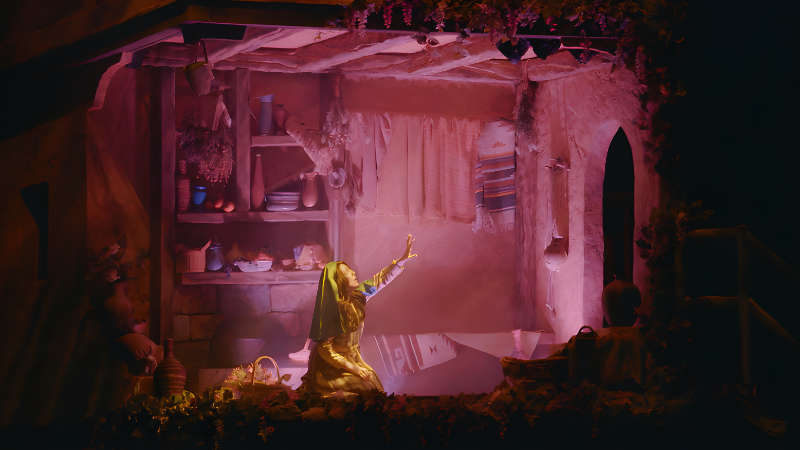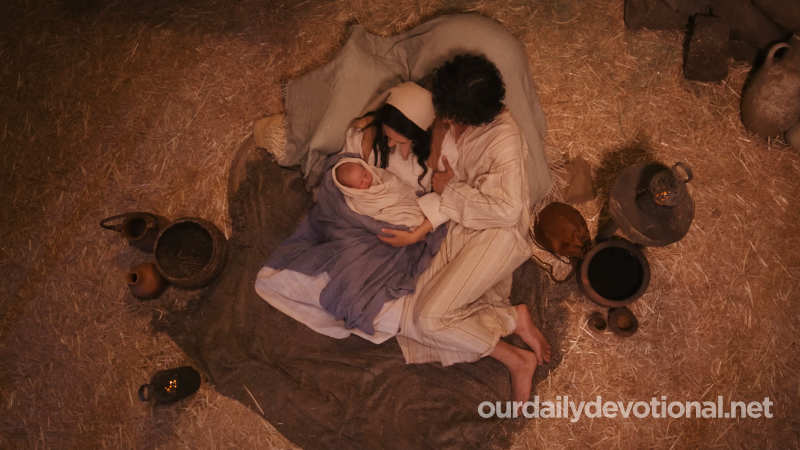This name is given to any edition of the Bible in several languages ("polys" + "glotta"). It is very useful in the critical study of the text. Its edition began with the generation of interest in the Word of God in its original languages.
As a precursor of the modern polyglots, although not equivalent to them because it only includes the AT, is the "Hexapla" of Origen, which dates from the first half of the 3rd century. As its name indicates, it featured six parallel columns: The Hebrew consonantal text; its vocalized transcription into Greek; and the Greek versions of Aquila, by Symmachus; the LXX and Theodotion.
There are other partial essays, among them remains of the Bible in Hebrew, Greek and Latin, from the 14th century, made by the monk Simón Autumano. The first true polyglot is due to the initiative of Cardinal Francisco Jiménez de Cisneros, who gave the text of the Bible in Hebrew, Greek, Latin and Aramaic.
It was composed and printed between the years 1514 and 1517, but it was not published until 1520, the year in which Leo X gave his authorization. It receives the name "Complutense", because it was published in Alcalá de Henares (Complutum).
Among the various collaborators are Pablo Coronel, Alfonso de Zamora, Alfonso de Alcalá, Diego López de Zúñiga, Hernán Núñez de Guzmán Demetrio Ducas, Antonio Nebrija, and others. It was presented in six "in folio" volumes.
She was the first of the four Major Polyglots. The other major polyglots are: (a) La Regia or Antwerp, in which Benito Arias Montano and several European scholars participated. It was sponsored by Philip II, and presented Hebrew, Latin, Greek, Aramaic and Syriac texts.
It was published in Antwerp between the years 1568-72, and was presented in eight "in folio" volumes. (b) The one in Paris, directed by Gabriel Sionita, was published in Paris between 1628 and 1655, and was presented in nine "in folio" volumes.
Its sponsor was Guy-Michel Le Jay, and the texts were in Hebrew, Latin, Greek, Aramaic, Syriac and Arabic. (c) The London Polyglot Bible is the richest of the classics. It receives this name because it was prepared in London, published between 1654 and 1669.
It was sponsored by Oliver Cromwell, and directed by Brian Walton, later Anglican Bishop of Chester. Edmund Castell, Samuel Clarke, Thomas Hyde and Alexander Huish collaborated on this work. It was presented in eight "in folio" volumes.
He gives the text in Hebrew, Latin, Greek, Syriac, Aramaic and Arabic, plus some sections in Ethiopic and Persian. It presents the only existing critical apparatus of the Syriac text.
Among the minor Polyglot Bibles we can mention: the Heidelberg Bible (1587), which gives the texts in Hebrew, Greek and two Latin versions; that of Hamburg (1596), with Hebrew and Greek texts, three Latin versions, including that of Theodore of Beza, the German translation of Martin Luther.
That of Bagster's of London (1831), which also incorporates the Samaritan Pentateuch (see PENTATEUCH and SAMARITAN PENTATEUCH), the LXX, the Vulgate, the Pesshita, the Greek NT of Mill, the German translation of Martin Luther, the Italian one of Diodati, the French by Osterwald, the Spanish by Scio de San Miguel, and the English Authorized Version.
It was republished in London in 1874. The Hexaglot, directed by Edward Riches of the Levant, appeared in 1874-1876, giving the Hebrew OT and Greek NT texts, together with the LXX, Syriac (from the NT), Latin (Vulgate), the English Authorized Version, the German one by Martin Luther, and the French one by R. V. Olivetan.
In this Polyglot, which appeared in London, the critical studies of Dean Alford and von Tischendorf are incorporated. Levante also published the Polyglot called Triglotta (London, 1890), incorporating, in addition to the Hebrew AT and Greek NT, the LXX, the Vulgate and the Pesshita of the NT.
Currently the Higher Council for Scientific Research of Spain (C.S.I.C.) is preparing the so-called Polyglotta Matritensia (Madrid Polyglot), with the following general plan: I AT Hebrew. II NT Greek. III Greek AT (LXX). IV AT Aramaic (Palestinian Targum). V AT Aramaic (Targum Onkelos and Jonathan). VI Syriac AT and NT. VII Vetus Latina. VIII Vetus Hispana. IX Coptic NT. X Spanish version.
An examination of the C.S.I.C catalogs. reveals that since the last bibliographic reference, subsequent additions have been made to this project. The last work published after the 1971 bibliographic source is Díez Macho, Alejandro, "Biblia polyglotta matritensia."
Series IV. Targum Palaestinense in Pentateuchum, Critical edition by Alexandro Díez Macho; adjuvantibus L. Díez Merino, E. Martínez Borobio, Teresa Martínez Saiz (Madrid, CSIC, 1977 - 1988). It contains the Palestinian Targum of the Pentateuch (Genesis to Deuteronomy) in Aramaic and its translation into Spanish.
Meaning of POLYGLOT
This name is given to any edition of the Bible in several languages ("polys" + "glotta"). It is very useful in the critical study of the text. Its edition began with the generation of interest in the Word of God in its original languages.







